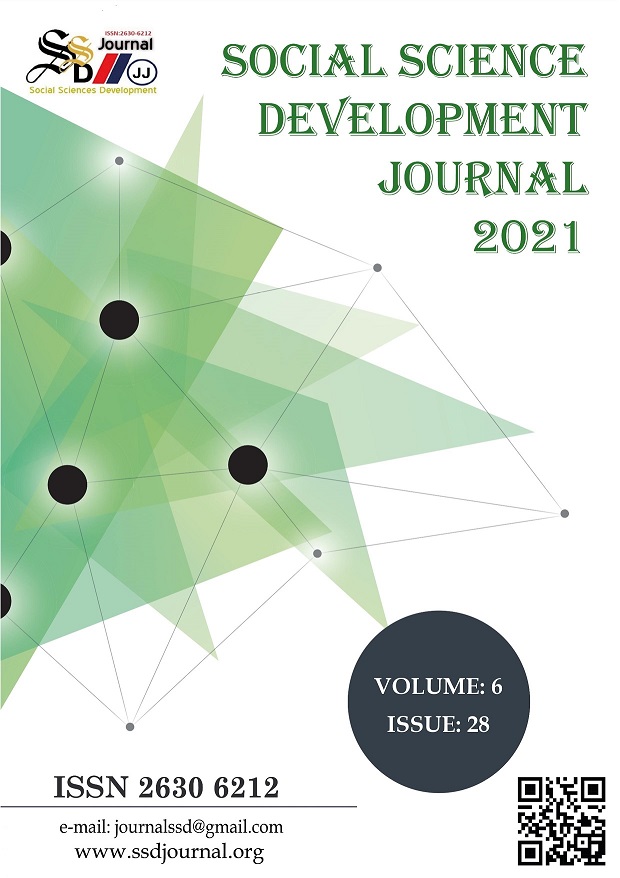DEVELOPMENT PERIODS OF UNIVERSITIES IN TURKEY AND DISTRIBUTION OF UNIVERSITY, FACULTY AND STUDENT BY REGION
DOI:
https://doi.org/10.31567/ssd.518Keywords:
Universities, distributions of universities by regions, number of universities by semesterAbstract
It is known that universities increase their level of development in economic, social, cultural, spatial
and demographic fields as well as education in the cities where they are established. As a result of
these contributions made by universities, the missions of higher education institutions have also
changed. In our country from the 1950s, since universities started to become established up to the
present, the balanced distribution between regions has been kept in the foreground. The rapid
universityization process, which began in 1992, reached its peak in 41 state universities established
between 2006-2008. Especially after 2006, universities were established with the slogan of” a
university for every city”. The increase in universities in the post 2010 period continued, with the
establishment of 20 universities in 2018.It can be said that with the establishment of universities in
Anatolian cities, the development gap between the regions began to decrease. In our study,
universities were examined according to the periods they were founded, according to the regions,
the distribution of universities, teaching staff and student distributions were revealed. In this study,
first of all, literatüre review was done. In addition, the number of universities used in the study and
the number of academic staff and students were analyzed using the Council of Higher Education.
Data on the regional distribution of universities were obtained from the Turkish Statistical Institute.




